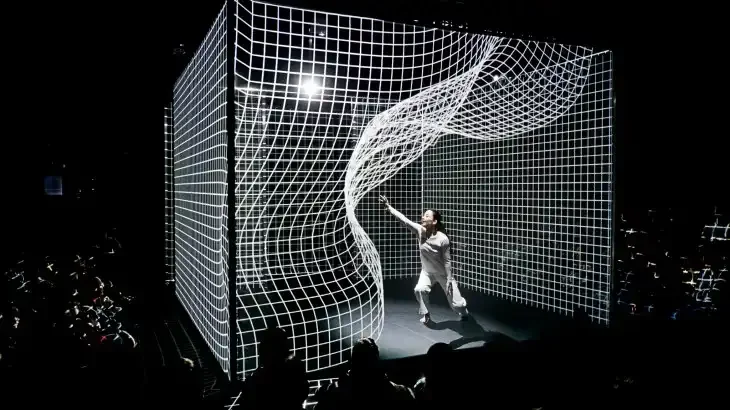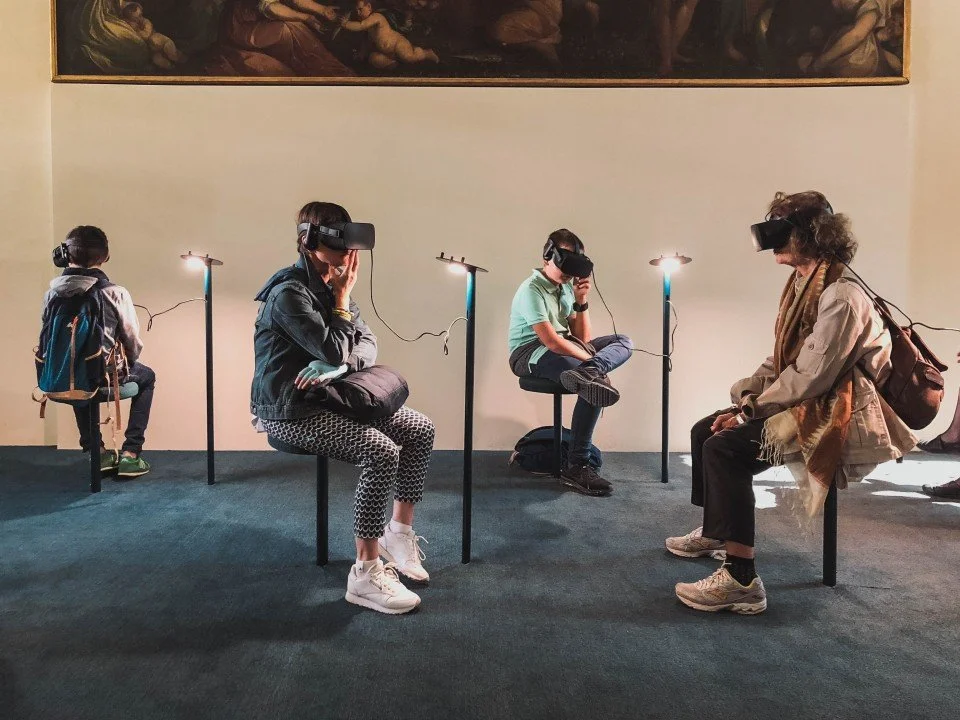Accessibility as Creativity: Expanding the Possible
READING TIME: 5 MIN PUBLISHED: 23 SEPTEMBER 2025
Smart glasses and AI-driven tools are shaping “invisible experiences,” where technology quietly enhances our interactions and supports daily life without getting in the way.
Beyond the Checklist
Whenever accessibility comes up in design conversations, I often hear it described in checklist terms. Add captions. Test color contrast. Provide alt text. These are all essential, but thinking about accessibility only as compliance misses something bigger. Accessibility is not just about meeting minimum standards. It is one of the most powerful ways to spark creativity and innovation in design.
How Accessibility Became Mainstream
Look at features we now consider universal. Captions, originally designed for people who are deaf or hard of hearing, are now used everywhere. I rely on them when I watch videos in a noisy café, and so do countless others who are multitasking or in quiet environments. Voice input began as an accessibility tool but now powers Siri, Alexa, and Google Assistant. High-contrast text helps people with low vision, but it also makes a smartphone usable outdoors under bright sunlight. These examples remind us that designing inclusively often results in products that work better for everyone.
In Hakanaï by Adrien M & Claire B, dancer Akiko Kajihara moves within a translucent cube where projected motion and sound respond to physical movement. The performance shows how technology can create multisensory, immersive environments that transcend sight alone, pointing toward new possibilities for accessible and inclusive experiences.
Emerging Technologies Shaping the Future
The exciting part is how new technologies are continuing to push this further. AI-driven real-time captioning is one example. Tools are becoming more accurate at transcribing live conversations, even across multiple speakers or languages. Imagine sitting in a classroom or joining a work meeting where captions are available instantly, tailored to your language preferences, and even summarized afterward for quick review. What began as an accommodation becomes a superpower for all.
Haptic feedback and spatial audio are also breaking ground. Tactile signals can make navigation more intuitive for people who are blind, but they can also create richer, more immersive experiences in gaming, fitness, or even wayfinding in busy cities. Spatial audio can help orient people in virtual or augmented reality environments, but it can also make everyday digital interactions feel more natural and less visually overwhelming.
Brain–computer interfaces, though still in their early stages, hint at an even more expansive future. These technologies are being developed to give people with mobility impairments new ways to interact with devices using thought alone. But imagine the ripple effects if that interaction becomes seamless and widely available. Instead of tapping, swiping, or typing, we might design interfaces that respond directly to intent. Accessibility again becomes the driver of a completely new way of interacting with technology.
Small Innovations with Big Impact
Even smaller innovations are inspiring. Wearable devices that translate sound into vibrations can provide a sensory bridge for people who are deaf or hard of hearing, but they also open up new modes of experiencing music or environmental awareness. Eye-tracking technology allows people with limited mobility to control computers, but it could also influence how we browse, shop, and consume media in ways that feel faster and more intuitive.
Accessibility as Expansion
When I look at these technologies, I see a pattern. What begins as an accessibility feature almost always finds a broader audience. That is because accessibility challenges force designers to think beyond conventional patterns. They require us to imagine new entry points, new ways of perceiving, and new modes of interaction. In doing so, we end up creating something that does not just accommodate a few but enriches the experience for many.
Accessibility is not about restriction. It is about expansion. It encourages us to move past the idea of an “average user” and instead design for the full range of human ability, emotion, and context. The future of accessible design will not just be about ticking boxes or adding optional features. It will be about reimagining the way we all engage with technology.
By weaving AR, wearables, and predictive systems into the background, museums can create more accessible, inclusive environments—where visitors with diverse needs navigate effortlessly, engage more deeply, and experience stories that unfold seamlessly around them.
The Creative Opportunity
For me, the key shift is this: accessibility is not the end of creativity, it is the beginning of it. If we treat accessibility as a design philosophy, we open the door to innovations that change the way everyone interacts with the world. The products of the future will be more inclusive, but they will also be more imaginative, more flexible, and ultimately more human.



